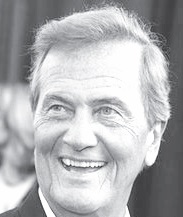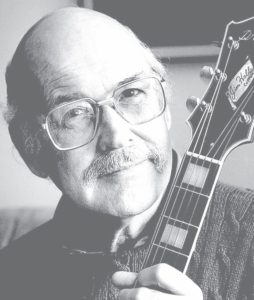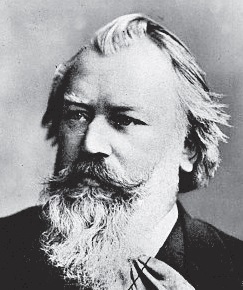REVIEW POTPOURRI – Composer: Schumann; Movie: Boys’ Night Out; Band Leader: Ralph Flanagan
 by Peter Cates
by Peter Cates
Schumann
Symphonies and various works for piano and orchestra and solo piano
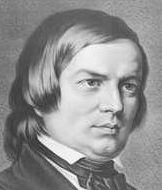
Robert Schumann
Heidrun Holtmann and Denes Varjon, pianists; Sir Neville Marriner conducting the Stuttgart Radio Orchestra; Stefan Soltesz conducting the Berlin Radio Symphony; Capriccio- LC 08748, 5 CDs, released 2006.
This very generously filled package of five CDs contains some of the most lovable classical music in the world by Robert Schumann, 1810-1856; very nicely performed and blessed with vibrant digital sound; and priced in a range very close to ten bucks.
I especially recommend the sweeping, swash-buckling 3rd Symphony, known as the Rhenish, for its grand depiction of the Rhine River or maybe the Kinderszenen, or Scenes of Childhood, with its fountains of melody. But I will state that every piece of music will reward attentive listeners. An unquestionable recommendation for beginning classical listeners!
Boys’ Night Out
starring James Garner, Howard Duff, Howard Morris, Tony Randall, Kim Novak, Patti Page, etc.; directed by Michael Gordon; MGM films, 1962, 115 minutes.
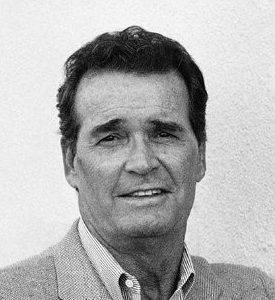
James Garner
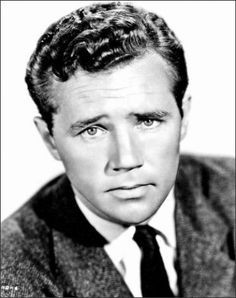
Howard Duff
Four businessmen, three of them married, commute together on the Greenwich to New York City train every day. The husbands persuade the bachelor to find a cheap yet swanky apartment, complete with a gorgeous “housekeeper,” to entertain each of them on their respective nights out. Due to an inscrutable set of coincidences, the digs are found, along with a woman, Cathy, played with fetching allure by Kim Novak, who is doing graduate work on male sexuality and agrees to the deal, fully intending to, using her wiles, avoid the bed.
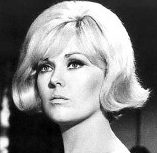
Kim Novak
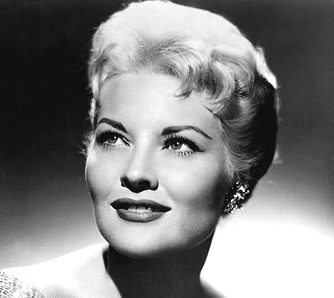
Patti Page
One choice example of humor is when Cathy’s professor asks, “Can you look like yes but act like no? This is what a nice girl hasn’t learnt!” To which Cathy replies, “This is what a nice girl has learnt best!”
The comedy is superbly done, as the story builds up to a truly farcical conclusion. Garner as the bachelor and the rest of the cast give a true ensemble performance.
Ralph Flanagan
1001 Nighters
RCA Victor, LPM-1274, mono LP, recorded 1956.
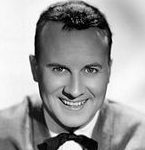
Ralph Flanagan
Ralph Flanagan (1914-1995) began his career in 1935, just as the Big Band era was getting started, and worked for Sammy Kaye, Horace Heidt and Blue Barron; after World War II, he did arrangements for Perry Como, Tony Martin, etc.
However, it wasn’t until 1949 that he really hit the big time with the formation of his own band with its very danceable sound, quite similar to Glenn Miller. He discovered traveling on the road was the real cash cow, although record sales were a close second, and he loved every minute of it. The title of the album refers to the minimal number of evenings chalked up by these journeys over a six-year period.
The selections to be heard here include such oldies as Indiana, Stars Fell On Alabama, Moon Over Miami, etc., with a group of singers joining in for a few titles. Glenn Miller fans would especially enjoy this very pleasant record.


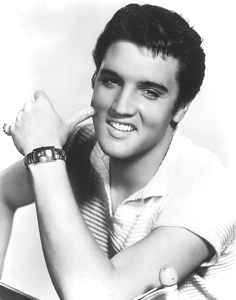
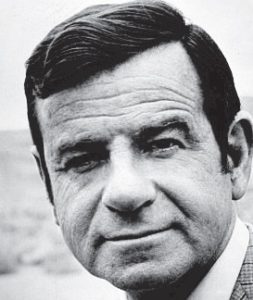
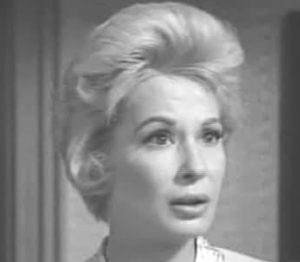
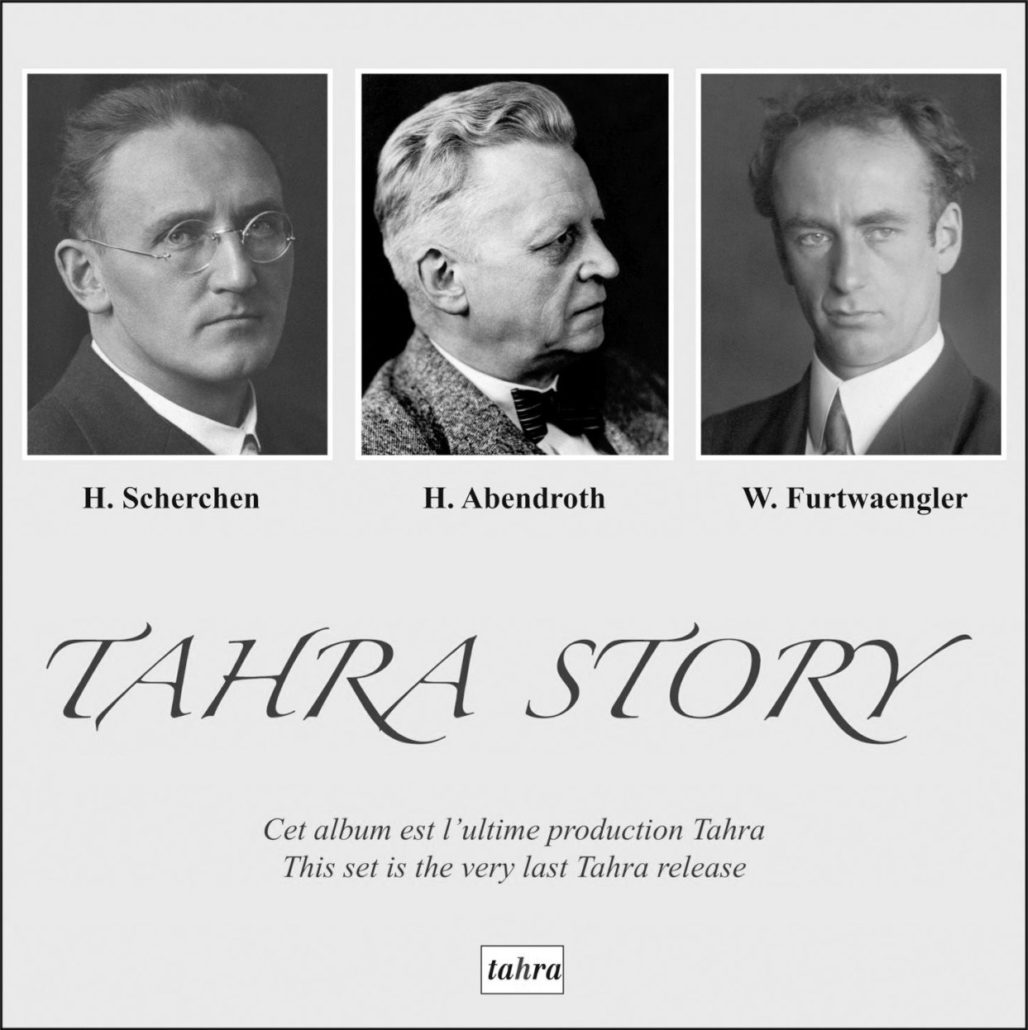
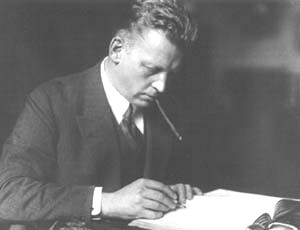
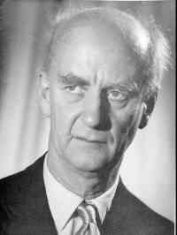
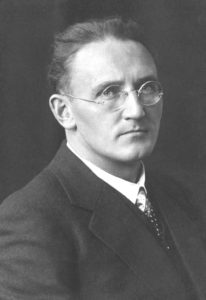
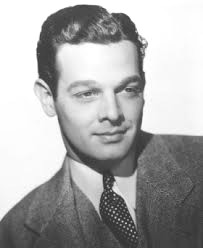
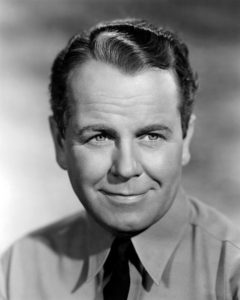
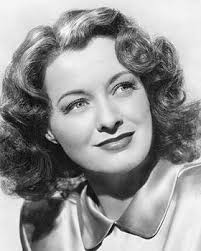
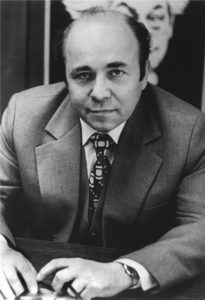
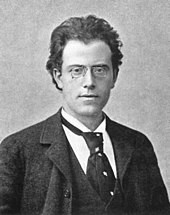
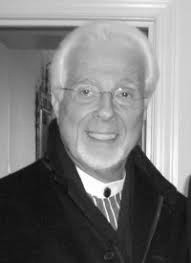

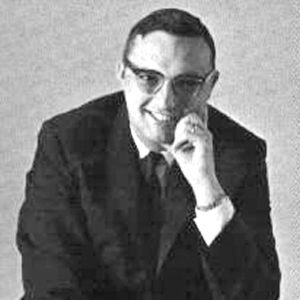
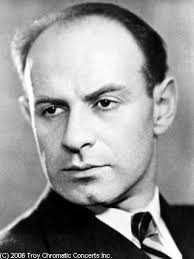
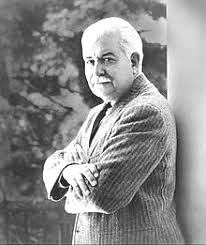
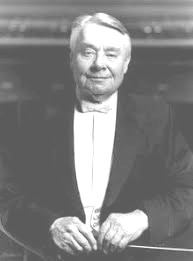
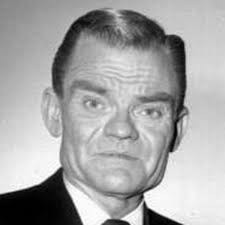

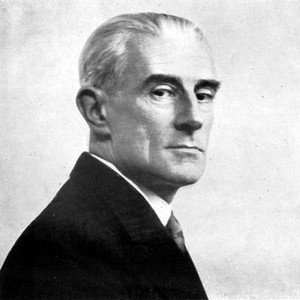

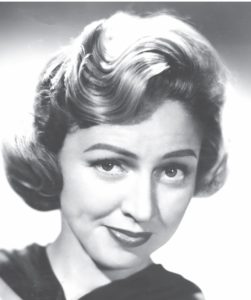
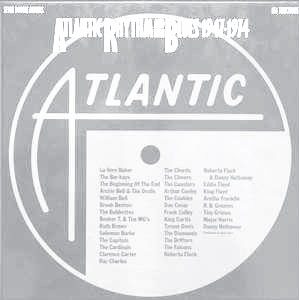 Before I encountered this admittedly very bulky set, I don’t believe I had ever seen a better one in all of my years of listening and collecting. It has assembled almost 70 singers and instrumentalists- Wilson Pickett, the Coasters, Aretha, Clyde McPhatter and the Drifters, Ben E. King, Otis Redding, La Vern Baker, Roberta Flack, Tiny Grimes, Brook Benton as well as lesser knowns, Eddie Floyd, Joe Morris, Don Covay, Tommy Ridgley, Chris Kenner, Doris Troy- oh well, the list goes on and on. And each is represented by one or more tracks, every one of them at the very least ranging from quite good to beyond superb.
Before I encountered this admittedly very bulky set, I don’t believe I had ever seen a better one in all of my years of listening and collecting. It has assembled almost 70 singers and instrumentalists- Wilson Pickett, the Coasters, Aretha, Clyde McPhatter and the Drifters, Ben E. King, Otis Redding, La Vern Baker, Roberta Flack, Tiny Grimes, Brook Benton as well as lesser knowns, Eddie Floyd, Joe Morris, Don Covay, Tommy Ridgley, Chris Kenner, Doris Troy- oh well, the list goes on and on. And each is represented by one or more tracks, every one of them at the very least ranging from quite good to beyond superb. There is nothing else to be known about conductor Ernst Schrader other than he is, or more likely, considering the time frame of this recording, was a real person – a legit label has stamped his name on one or two releases nobody has stepped forward to stamp him as a pseudonym. And the Berlin Philharmonic is most definitely for real.
There is nothing else to be known about conductor Ernst Schrader other than he is, or more likely, considering the time frame of this recording, was a real person – a legit label has stamped his name on one or two releases nobody has stepped forward to stamp him as a pseudonym. And the Berlin Philharmonic is most definitely for real.